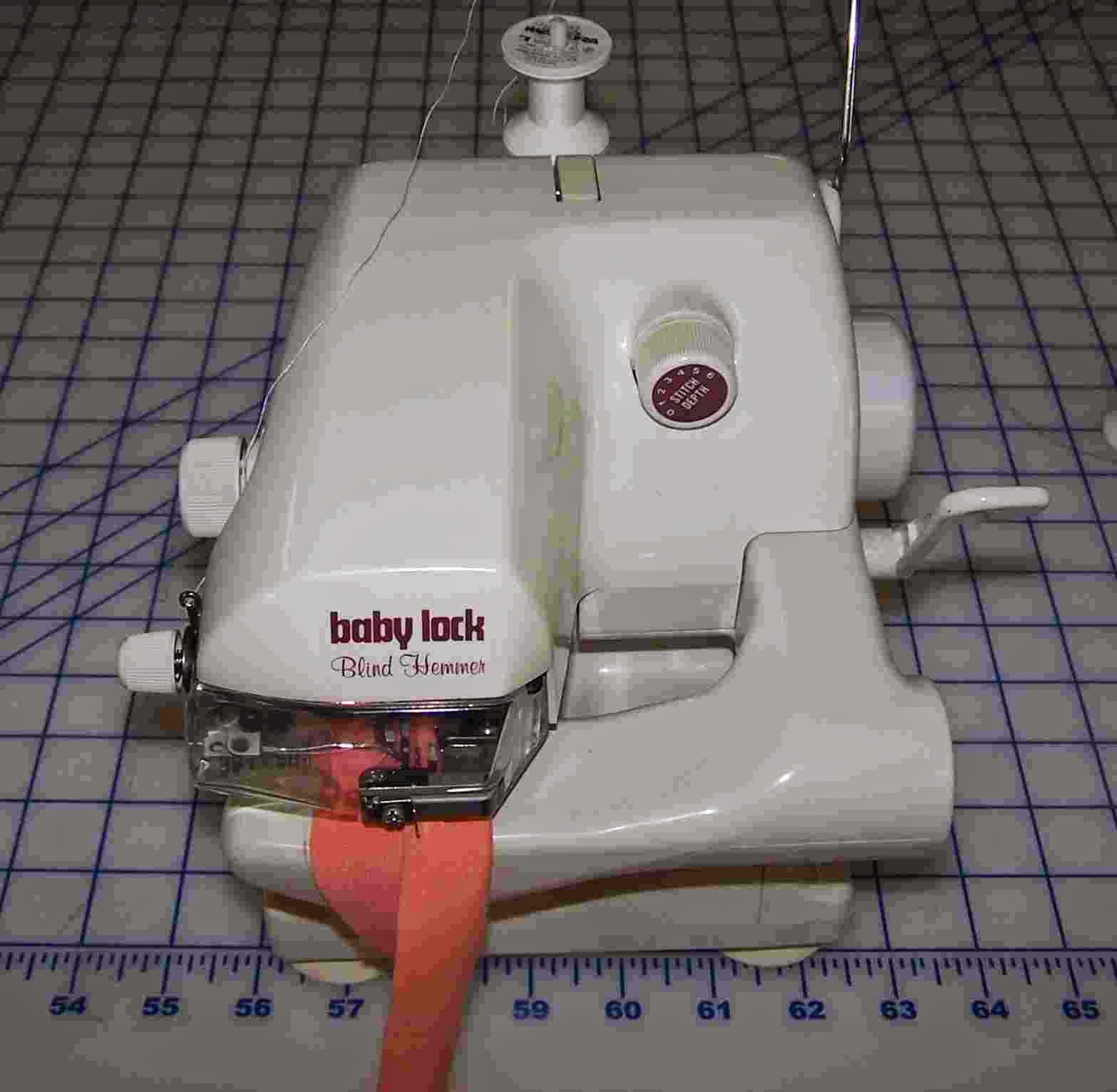The knit tops on the pages in this blog were sewn with the three machines below.

My workhorse machine is a Bernina 440QE. (I have a Pfaff Creative 2170
as a backup; however, we have never really bonded. If you happen to be
looking for a gently used Pfaff, please contact me.)

Knits wouldn't be near as much fun without a serger. It's definitely not a requirement but it makes knit garment construction go a lot faster.
My Elna 945 has a variety of stitch patterns including a cover hem that I don't use. The time it takes to change it over is a disincentive and you can achieve almost the same result by serging the edge and hemming with a wide twin needle or with two rows with a single needle using the stretch straight stitch on a conventional machine.
My Babylock Blind Hemmer comes out for bottom straight hems ... for those times when I don't want a topstitched hem.. It does a professional job and although the stitches are not totally invisible, they are less noticeable than what I get when using the blind hem stitch on a conventional machine.






















